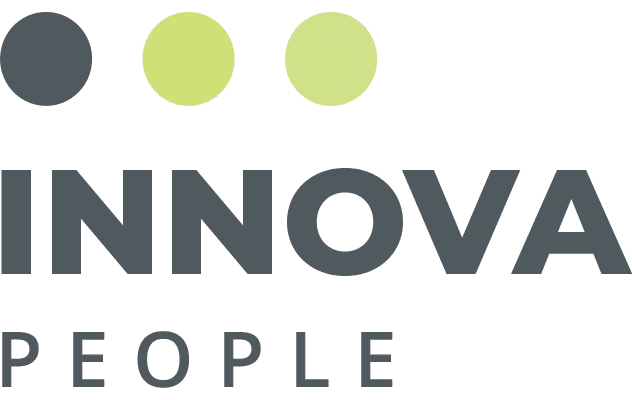In a surprising turn of events, job growth in September exceeded expectations, signaling the resilience of the U.S. economy in the face of rising interest rates. According to the most recent employment report from the U.S. Bureau of Labor Statistics, payroll employment surged by 336,000 during the month, surpassing the Dow Jones consensus estimate of 170,000 and exceeding the previous month’s figures by over 100,000. Simultaneously, the unemployment rate held steady at 3.8 percent, in contrast to the projected 3.7%.
This payroll increase marked the most robust monthly performance since January. However, wage growth proved to be more modest than anticipated, with average hourly earnings rising by 0.2% for the month and 4.2% year-on-year, falling slightly short of estimates of 0.3% and 4.3%, respectively.
Regarding industry sectors, leisure and hospitality led the charge by adding 96,000 new jobs. Other notable gainers included the government sector (73,000 jobs), healthcare (41,000 jobs), and professional, scientific, and technical services (29,000 jobs). Conversely, motion picture and sound recording positions decreased by 5,000, reflecting a 45,000-job decline since May due to labor disputes in Hollywood.
The service-related industries played a significant role in the overall job growth, contributing 234,000 jobs, while goods-producing industries added 29,000 jobs. Average hourly earnings within the leisure and hospitality sector remained unchanged for the month but showed a robust increase of 4.7% compared to the previous year.
The private sector outperformed earlier predictions, with an impressive gain of 263,000 jobs, far exceeding the earlier estimate of just 89,000.
The September employment report underscores the positive momentum in the United States job market, with notable growth in the leisure, hospitality, government, and healthcare sectors. This resilience in employment numbers is particularly noteworthy in light of ongoing economic challenges. Although slightly below expectations, wage growth continues to exhibit positive trends in average hourly earnings.



